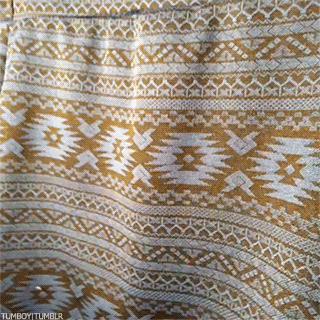So there’s this dress right . . .
Last night I was doing some stand up science in the pub with Eu:Sci which was a huge amount of fun (thanks for the invite guys!) and then I may possibly have had some beers afterwards. When I was scrolling through tumblr on the way home, I noticed a blue and black dress . . .
This morning, while promoting #StreetDog (if you haven’t watched it – go watch it, it’s amazing) and preparing for our Friday HangOut, I saw that the little blue and black dress had taken the internet by storm, and also it was now white and gold.
ASAPScience does a great video on just why we perceive the dress differently:
And then Buzzfeed (who are really running with this whole thing) have found that younger people are more likely to find the dress to be white and gold. They also made the link between the phenomenon and autism (a somewhat tenuous link, no matter how ‘profound’ they want to call it).
I love it. I love, first of all, that the internet can run with something so silly. (If only they could run with #StreetDog!) And I love how the illusion changes. Throughout the day I have perceived the dress differently, it’s currently blue and black again, but spent most of the day white and gold. This makes me wonder if there’s also a time of day effect affecting the way we perceive the illusion – if we’re more primed to see blue lights (and therefore white and gold dresses) during the day, but yellow lights (and therefore blue and black dresses) in the evening when we expect to see more artificial lighting.
And I think it does say something interesting about sentience – or being able to perceive the world around you. There’s a common philosophy question: “is your green my green?” As we can never perceive the world through another’s person’s neurobiology, we have no real guarantee that the green I see is the same green you see. We were taught that colour was green, but what I view as green, may look red through your eyes. We have no real common reference point.
With the sad news of Leonard Nimoy’s passing, I’m reminded of the undershirts the DS9 and Voyager crews wore on Star Trek. To me those are, and always will be, lilac. My friend still insists they’re grey. I have pretty poor colour vision anyway, and a photographer’s understanding of the awful things fluorescent lighting and auto white balance can do to a picture – I wonder if this is why I can force my brain to perceive it both ways.
When I look at the picture and am able to comprehend both colour sets, it feels odd. Almost like the beginning of a migraine’s visual aura, where things start to glitter and take on visual properties they don’t have. Our brains are really rubbish sometimes, especially when they’re trying to parse information they don’t understand. Ever wondered why stomach pain is so pervasive and nagging? Your brain isn’t very good at figuring out where that pain is coming from, so it just gives a general “the stomach” feeling to you. If I was to ask you “How many of each animal did Moses take on the ark?” you would promptly answer “two“, because your brain had decided that it’s not important to remember that it was Noah on the ark, not Moses, even though that information is there and readily accessible. If I was to to tell you to find the flaw in tihs sentence, you might struggle. Your brain would edit out the superfluous ‘to’ and rearrange the letters in ‘this’.
So yes – our brains are deeply imperfect, cobbled together by evolution to create something that half way functions. We compare our brains to one another, and to other animals, and are left with nothing. I wonder, if I get migraines, can Athena? If I see the dress as white, does she see it as blue? When she stares at a spot on the wall, is there something happening between her eyes and her brain tricking her?
If you’re annoyed about the dress, just smile – it’s pretty cool. And it’s not the only one…

